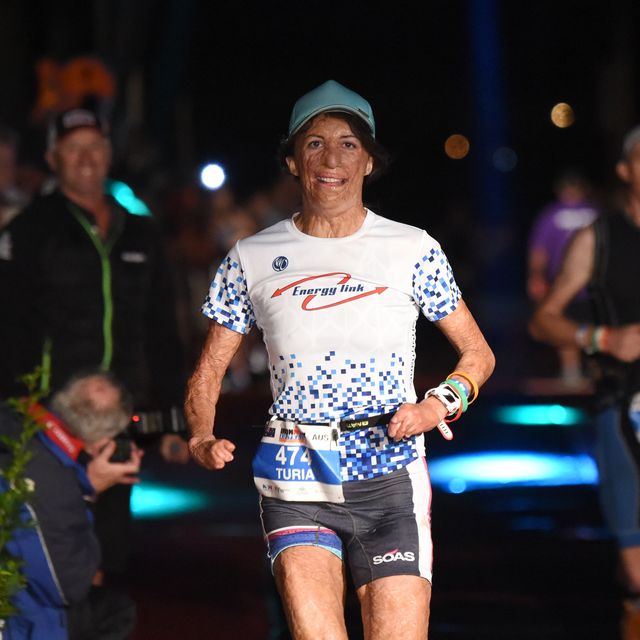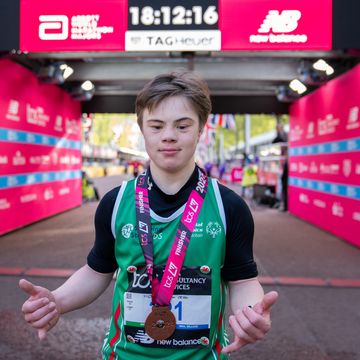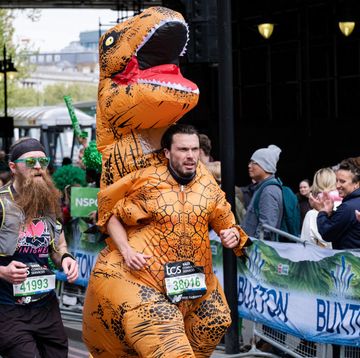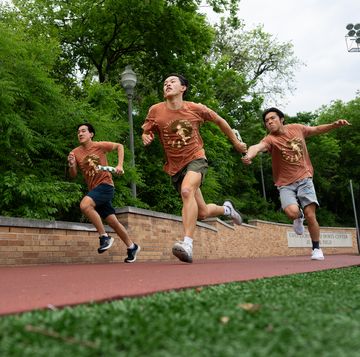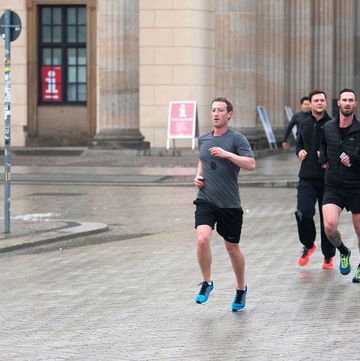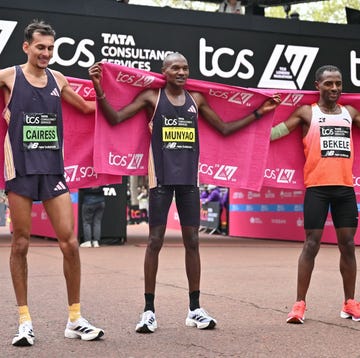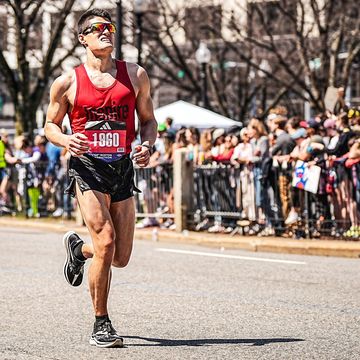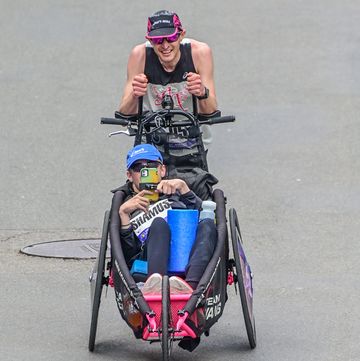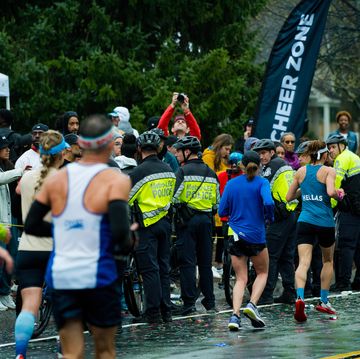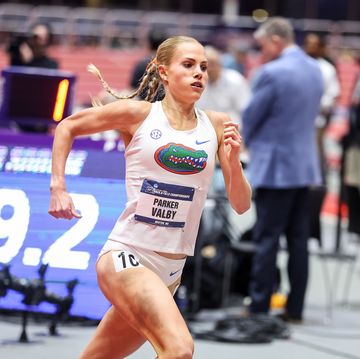“I don’t know what to do with myself now,” Turia Pitt said, laughing, on a call from Sydney, Australia, after finishing the Ironman Australia, her first, in 13:24:42. “When you’ve done an Ironman, it means you can do anything.”
That's exactly what Pitt set out to prove—to doctors and to herself. In May 2011, Pitt was competing in a 100K ultramarathon when an out-of-control bush fire whipped through the Australian outback where she was racing. She suffered severe burns on 65 percent of her body.
“One of the doctors told me I wouldn’t be able to run again,” Pitt said. “I thought, I’m gonna show you. I’m gonna do an Ironman one day. It’s the epitome of fitness, the holy grail.”
In total, Pitt would spend 864 days in the hospital, the first two months of which she was comatose. The burns, which left scarring over most of her body and led to the amputation of much of her hands, have required more than 200 surgeries. Her recovery started slow, but Pitt says her background as a mining engineer helped her keep a level head. “I’ve always been really logical and rational,” she said. She began with 10 steps one day, 15 steps the next, and worked her way up from there.
Last year, she had recovered to the point that she decided to hire a coach, former Ironman Bruce Thomas, to help her begin training for the long-distance triathlon, which entails a 2.4-mile swim, 112-mile bike ride, and a 26.2-mile run. In March 2015, she ran her first half marathon since the accident, finishing in 1:40—five minutes faster than her PR prior to the injuries. “I’m a better runner now than I ever was before,” she said. “I’m faster. I’ve got a coach. I do long sessions and sprint sessions and intervals. Before, I’d just go slug it out for three hours. Having that external feedback is really underrated.”
Pitt had to splash herself with water every 5K during that half marathon in order to help regulate her temperature—one of several adjustments she’s had to make because of her burns. At the Ironman, “if the day had been really hot, I would’ve had to have started walking,” she said.
With mild race-day weather on May 1, Pitt felt confident she would finish as long as she could get through the swim and bike portions of the race. Swimming is especially challenging. “Your hands are supposed to be your paddles,” she said. She rides a modified bike, but any mechanical issues could have ended her day. “If I got a flat, I’m not physically capable of changing it.”
“When I got off the bike I could relax and breathe easy,” she said. “I loved the marathon because I’m a runner." She finished the run in just over five hours.
With the Ironman, she raised $60,000 for Interplast, which provides free reconstructive surgery to people in developing countries. She has raised about $1 million for the charity over the last several years.
Pitt's accident and its aftermath have received widespread media coverage in Australia. In 2013, she appeared on an Australia's 60 Minutes to remove a mask she had been wearing to hide her facial scars. And in 2014, the Australian state of New South Wales named her its Woman of the Year.
After the fateful 100K that injured Pitt and several other runners, a government inquiry found serious safety faults with organizer Racing the Planet, which reached a confidential settlement with Pitt in 2014 after a long legal battle.
Pitt, who has become a motivational speaker, will continue her charitable work later this month on a fundraising hike along Papua New Guinea’s 60-mile Kokoda Trail. After that? “I used to surf before my accident, so I think that’s my next goal, trying to become confident at surfing again. I want to be better than I used to be.”
